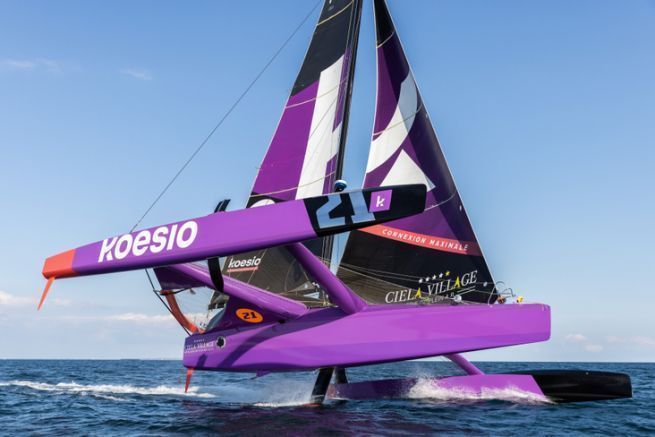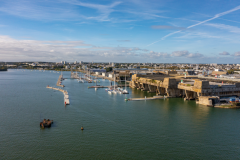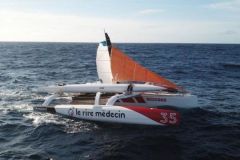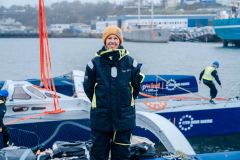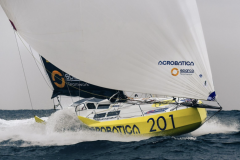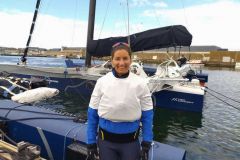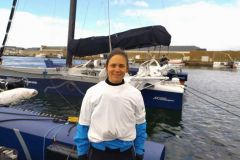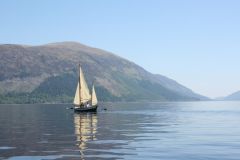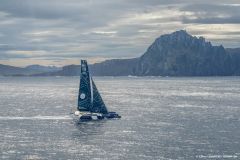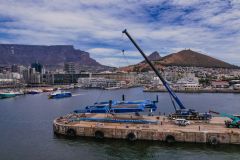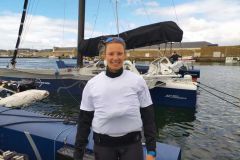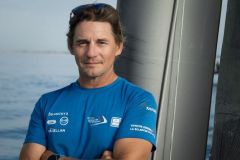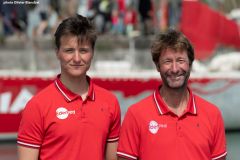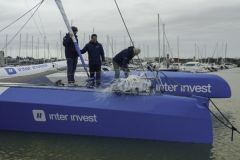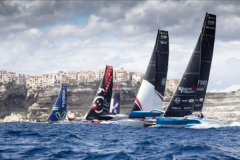The Transat Jacques Vabre is a double-handed race. How do you adapt a boat for the different race configurations: double-handed, single-handed, crewed?
When we talk about a crew, it's a small crew of 5 or 6 people. That's not a lot in Ultim. The work on the pilots is the bulk of the work. It's an essential performance factor.
When François Gabart sailed around the world single-handed in 42 days, it was only because his autopilot was steering in his place and reliably. It is capable of luffing upwind on its own, and downwind when the boat is threatening to turn over. There are extra layers of algorithms in the pilots. When you're double-handed, you don't have to steer much more than when you're solo. But we're going to do more maneuvers. We are less stingy with our efforts, whereas the solo sailor is more careful physically.
If we add a shelter for a solo race, we say to ourselves that, in the end, why not keep it to sail with several people. The good thing is that the configuration doesn't change much from solo to crewed.
The changes mainly concern protection elements, or automatic release systems, which are not necessary when sailing with a crew because there are people at the helm. When sailing solo, this is essential.
But there are no specific daggerboards, no specific foils.
The thing that can change is the sails. We could have fewer sails that cover a wider range of conditions when sailing solo and slightly more important sails when we are a crew. When you're in Ultim, you're fine with two jibs and two downwind sails. And, in general, when sailing solo, all the sails are hoisted on the furler, whereas when sailing with a crew, they put them back on the deck.
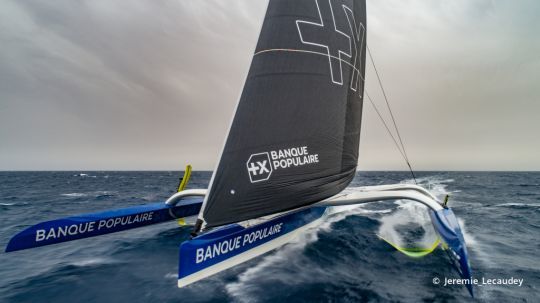
With the new Transat Jacques Vabre courses, will some hull designs/boat designs be more advantageous than others?
The IMOCA boats are versatile enough because of the course they have to sail in the Vendée Globe. They have to be good in all phases of the game. On this course, they will have to leave the Gulf, go down to the Equator and pass it, go down to the archipelago of Fernando de Noronha and reach Martinique.
The difference between the competitors will be based on the knowledge of the crews of their boats and the choice of a strategic placement.
The Ocean Fifty and the IMOCA boats have always sailed together and the former had the advantage, because in the trade winds, these boats are faster in medium and downwind winds. On this new course, things will be tighter. The performance gains in IMOCA are quite significant with the new foils. The finishes will be closer than before. Generally, it was between 15 hours and a day between the first Ocean Fifty and IMOCA boats. I imagine they should be closer than before. The IMOCA class has made a big leap forward with bigger foils, higher speeds than two years ago.
For the Ultims, a classic Route du Rhum route consists of turning right after the Azores and gybing down to Martinique for three days. This is different. They will have to pass the Doldrums, the Equator, and reach a relatively low point on a reaching leg off Brazil, then go upwind, pass the Equator again, the Doldrums and have crosswinds on the way back from the south. The value of the downwind descent will be less important than in classic races.
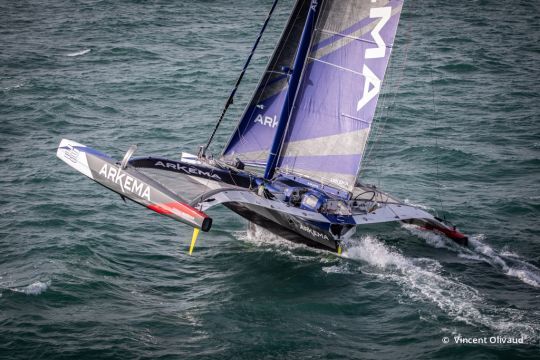
Among the forces at work, which ones have the most assets? Boats and skippers ?
Gitana has the advantage of being well known by its crew. They have sailed a lot and learned a lot. Other crews have been sailing for less time and have more learning to do.
In races like this, for boats with relatively similar performances, the difference in gain is 2 to 4% when you are an architect. But the operation can make a difference of 80 to 105%. So they need a good boat, which they all have, but they need to know it.
